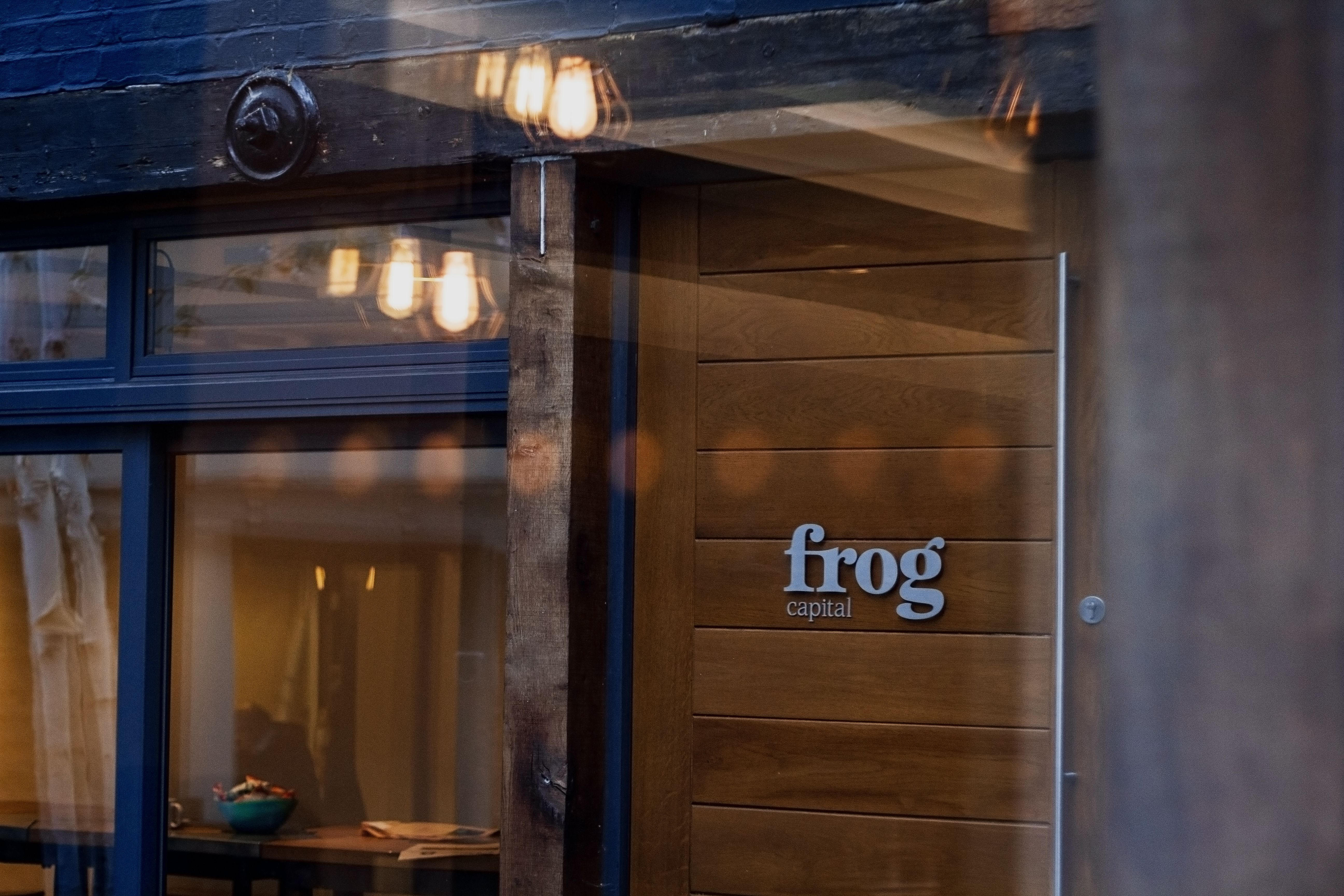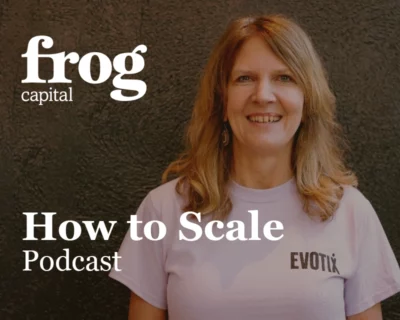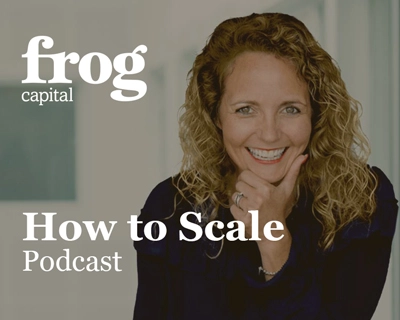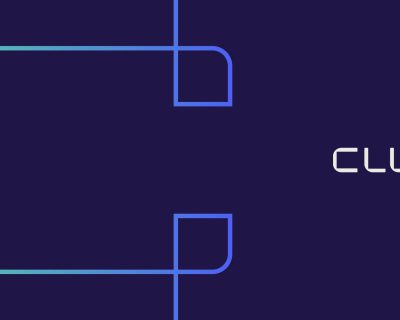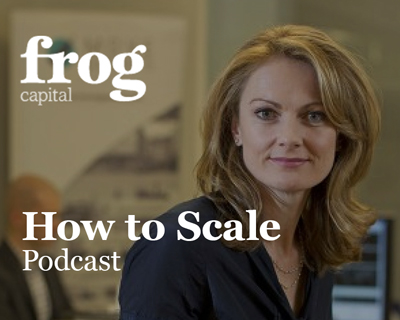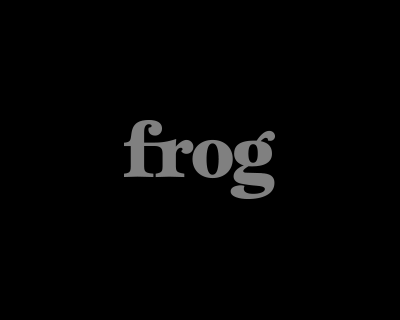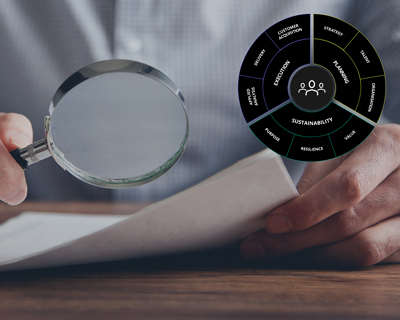With the significant correction in the technology market since the start of 2022, both macro and political outlooks are volatile. Historically the software sector has been resilient through this period of volatility. Will this continue and how will it be different this time?
It’s as simple as SaaS
Software as a Service (SaaS) subscription models have significant attractions compared to many business models which is why it remains a core strength of Frog’s focus and attractive to many private equity investors.
SaaS relates to both the technology architecture of how services are delivered (ie a single cloud-based offering to all not a mix of client specific coding) and to the business model (ie monthly / annual rental of software with (ideally) long, sticky contracts.
Not all non-SaaS business models will suffer but many will. Business models that are incorrectly included in the SaaS definition are marketplaces, software enabled hardware offerings, online business services where there is minimal contractual commitment, consumer & business apps and media / content businesses. All of these require more analysis as most of these lack the resilience that true SaaS offers.
5 key metrics
Looking deeper into SaaS models, not every SaaS business is automatically immune through recessionary environments. Aside from growth rates, look deeper by researching 5 key areas under the hood:
- % of SaaS to total revenue
- Average contract length
- Blended gross margin
- Gross revenue retention rate
- Net revenue retention rate
% of SaaS to total revenue
Due to the attraction of the brand ‘SaaS’, some companies work hard to portray themselves as true SaaS business when they are not. Companies with ‘Services’ revenue of more than 30% are not really SaaS. Companies with recurring services or transaction revenue may also try to define this revenue as being SaaS-like. Be careful with both approaches.
Average Contract Lengths
Strong SaaS companies will either have average contract values (ACV’s) of in excess of two years or have lower contract lengths but long customer retention cohorts for similar periods. Both are attractive. Lower than this needs more research.
Blended gross margin
Pure SaaS companies will have gross margins (Contribution Margin 1) in the high 80’s or above. A high degree of Services cost or the use of external software will dilute this. Below 60% blended gross margin should raise questions.
Gross revenue retention rate (GRR)
Gross Revenue Retention shines the spotlight on the level of churn and stickiness in a company’s customer base. Lower than 85% is not SaaS like.
Net Revenue Retention rate (NRR)
NRR takes into account the ability of the company to sell more to existing customers as well as the churn. Higher than 110% is good, below 100% requires research.
The last two (GRR & NRR) are particularly important. Here is a great reference for more detail.
*
Frog is a specialist SaaS investor. Having a comprehensive Operating Partner program enables Frog to go deeper to ensure our portfolio has the resilience to thrive through more challenging times.
Are your other GP’s aware of this?
Good GP’s understand the levers and indicators that determine the risks and opportunities in companies they invest in. Here are 5 other things to watch out for in your Venture Capital portfolio post tech correction.


